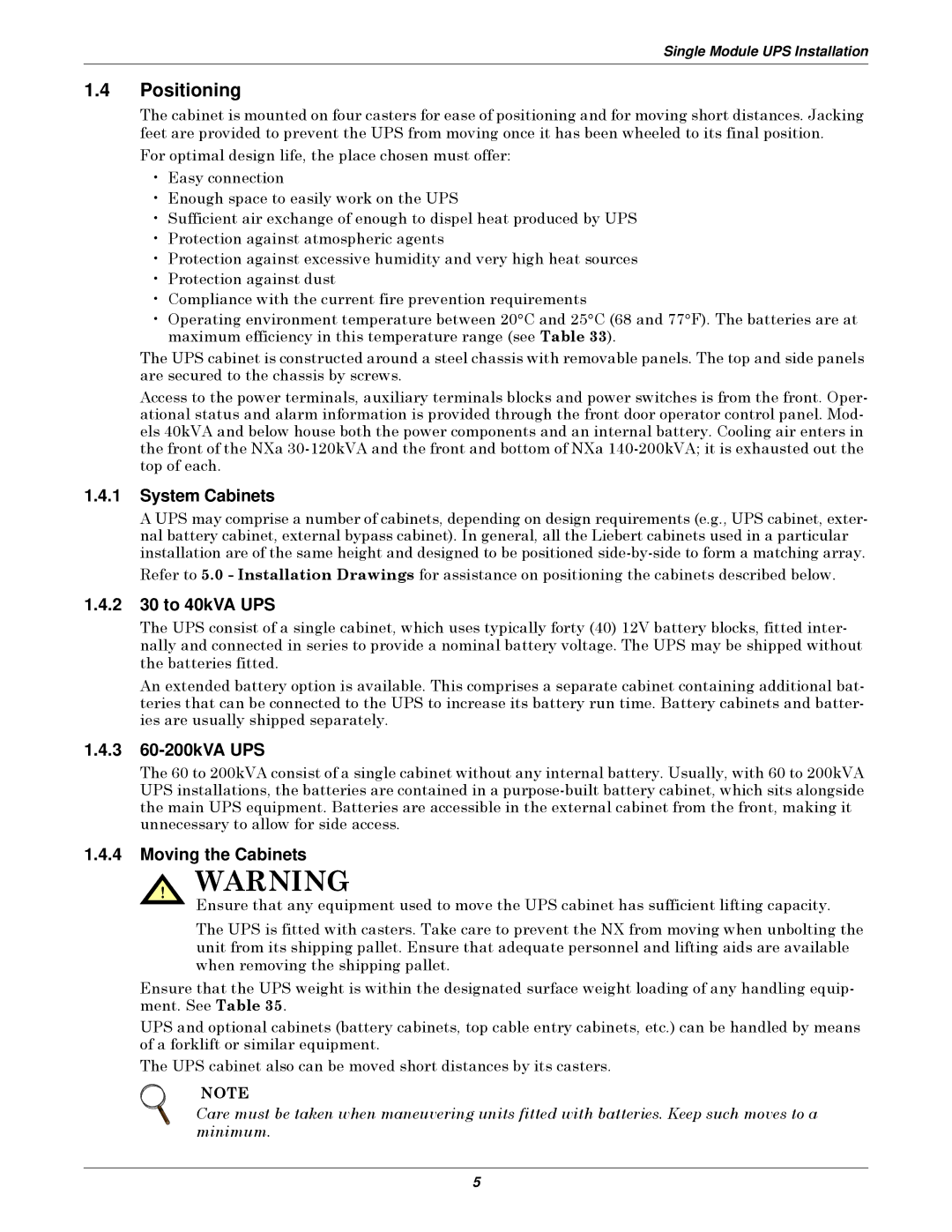30-200kVA, 400V, 50 and 60 Hz specifications
The Emerson 400V, 50 and 60 Hz, 30-200 kVA is a robust and versatile power solution designed for various industrial and commercial applications. This equipment delivers a reliable source of power, ensuring operational continuity and efficiency for numerous critical systems.One of the standout features of the Emerson 400V series is its exceptional load handling capability. With a kVA range of 30 to 200, it can cater to both small-scale operations and larger enterprises, making it a flexible choice for businesses looking to scale their operations. The dual frequency capability of 50 and 60 Hz allows the system to be utilized in various geographical locations, accommodating different regional power standards.
The series is built with advanced power electronics technology, resulting in a highly efficient energy conversion process. This technology not only boosts performance but also reduces energy losses, leading to significant cost savings in operational expenditures. Moreover, the Emerson 400V solution is designed with an emphasis on minimizing harmonic distortion, ensuring that it meets stringent regulations and preserving the integrity of sensitive electronic equipment.
Another critical characteristic of the Emerson 400V series is its modular design. This allows for easy upgrades and maintenance, ensuring that businesses can adapt their power solutions as their needs evolve. The system features a user-friendly interface for monitoring and managing power loads, enhancing operational oversight.
Additionally, the Emerson 400V series emphasizes robust safety features to protect both equipment and personnel. Integrated protection mechanisms, such as overload and short-circuit protection, provide peace of mind and safeguard against potential power-related incidents.
In terms of physical design, the unit is built for durability, capable of withstanding harsh operating environments while maintaining performance integrity. The compact footprint ensures that it can fit into various spaces without sacrificing power output.
Overall, the Emerson 400V, 50 and 60 Hz, 30-200 kVA system represents a comprehensive power solution that combines high efficiency, adaptability, and advanced technology, making it an ideal choice for organizations aiming for reliable power management and operational excellence.

